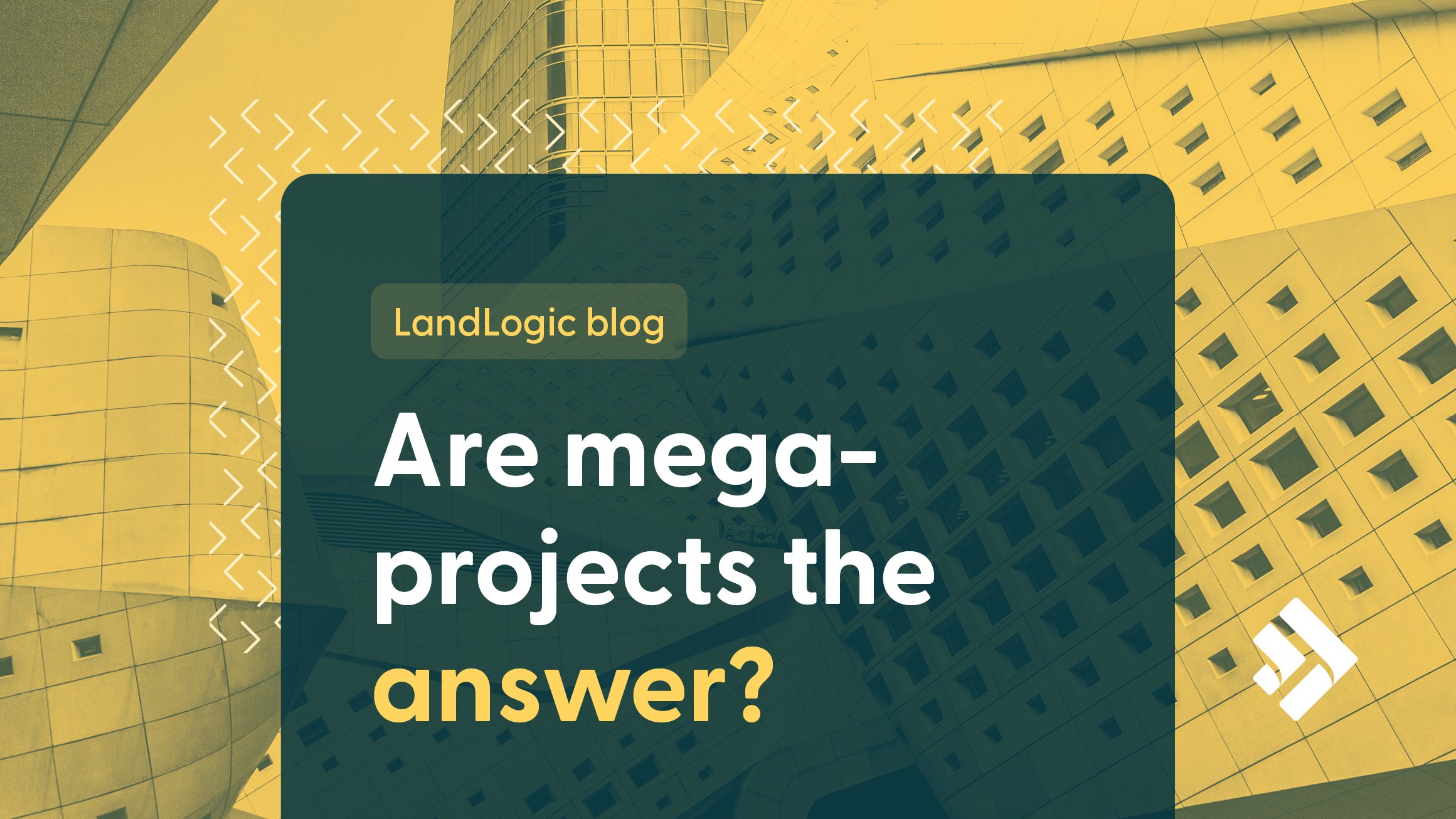NIMBY to YIMBY
The housing crisis in Canada is a multifaceted issue, driven by escalating demand, constricted supply, and regulatory challenges. A significant hurdle is NIMBYism (Not In My Back Yard), where community opposition can delay or stop essential housing projects. Often, such resistance stems from concerns over preserving community character, property values, traffic concerns, and environmental impact. However, a core issue with NIMBYism is its foundation in emotion rather than fact. This is partly due to difficulties in accessing relevant data. Improved data availability could help inform community discussions, by providing a more balanced perspective on a development's impacts and benefits.
There is a pressing need for a balanced approach that respects community concerns while also advancing broader housing goals. This is where technology and data analytics should come into play, by offering innovative solutions that bridge the gap between community engagement and efficient planning.
Improving data availability can significantly address NIMBYism by providing factual, comprehensive insights that can counter emotional or misinformed objections. Access to detailed data about proposed developments can help community members understand the potential benefits, such as increased housing supply, enhanced local amenities, and improved infrastructure. Transparently sharing information can foster more informed discussions.
We believe that tools like LandLogic can facilitate this by making complex data easily understandable, enabling the development community to better visualize the positive changes and compromises of development projects, thereby aligning community and developer interests more closely.
There’s also an opportunity for data driven tools to help identify optimal sites for development, forecast the impacts of new projects, and present compelling data-driven narratives to address common NIMBY concerns before they start. For instance, through spatial analysis, developers and planners should be able to pinpoint areas where new housing projects would have minimal impact on existing neighborhoods while still contributing significantly to alleviating the housing shortage. Similarly, detailed demographic and economic data could be used to highlight the need for various types of housing, from affordable units to family-sized homes, aligning development projects with the actual needs of the community.
━━
Municipalities, developers, and community groups must be willing to engage in open, data-informed dialogues.
Technology that makes data accessible can help foster transparency and demystify the planning process. There’s also an opportunity for technology to provide predictive analytics and help the development community assess the potential success of zoning amendments or variances based on historical data and current trends. This insight can help developers make better informed decisions on where to build, and guide negotiations with communities, and municipalities, to help ensure each new project contributes positively to the urban fabric.
Despite the advantages offered by technology, achieving the right balance also requires a cultural shift towards more collaborative and forward-thinking approaches to urban development. Municipalities, developers, and community groups must be willing to engage in open, data-informed dialogues that prioritize long-term sustainability and over short-term gains or resistance.
While an authoritative approach, using tools like MZOs (Ministerial Zoning Orders), may streamline development, embracing democracy necessitates community involvement and the associated emotional factors that come with it. Accessible data can smooth the path for meaningful community engagement. By weaving data-driven insights into decision-making, we want to streamline housing developments to not only meet urgent needs but address the values of the community.




















